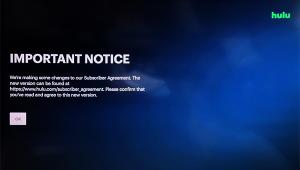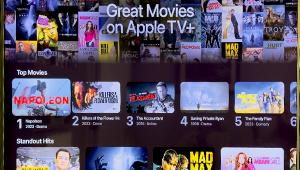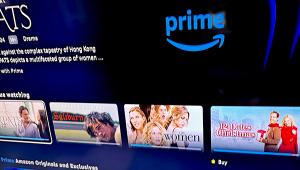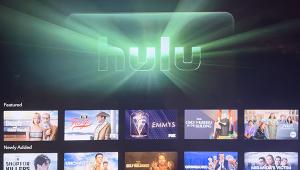Netflix Will Offer an Ad-Supported Subscription Tier
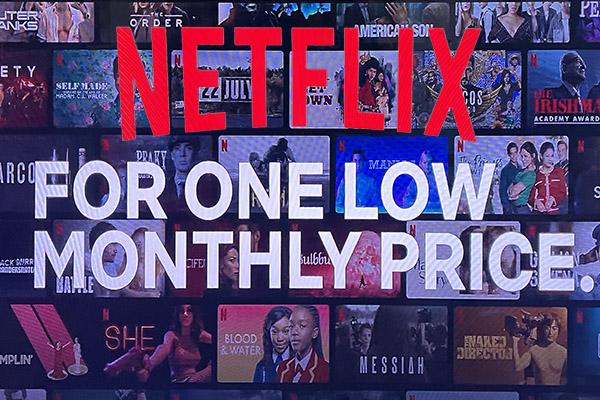
Netflix has been bleeding subscribers as recent price hikes and growing competition have cut into its customer base. The company is looking to this new subscription tier to appeal to a broader audience and to retain subscribers who might otherwise abandon more expensive plans.
Wooing the Price-Conscious Subscriber
For years Netflix has eschewed the idea of ads even as other streaming services — including the Roku Channel, Peacock, Hulu, Paramount+, and HBO Max — have embraced free or low-cost ad-supported tiers.
In April, Netflix revealed in a call to investors that it had lost 200,000 subscribers and expected to lose another 2 million in the following months. Although it is a large number of subscribers and cause for concern, Netflix still has over 220 million subscribers worldwide. At the same time, Disney+, HBO Max, and others continue growing subscribers.
During the same April earnings call, Netflix announced that it was considering offering a lower-priced, ad-supported tier. "It is pretty clear that it is working for Hulu,” co-CEO Reed Hastings said. “Disney and HBO are doing it. We don't have any doubt that it works… [Giving] consumers who would like to have a lower price what they want, makes a lot of sense."
Addressing the change of heart, Hastings added: "Those who have followed Netflix know that I have been against the complexity of advertising and a big fan of the simplicity of subscription. But as much as I am a fan of that, I am a bigger fan of consumer choice."
Co-CEO Ted Sarandos mirrored the sentiment at the Cannes Lions festival, saying, "We've left a big customer segment off the table, which is people who say: 'Hey, Netflix is too expensive for me, and I don't mind advertising.’"
Data Privacy and Partnering with Microsoft
Microsoft acquired Xandr digital video advertising from AT&T in June. The acquisition moved Microsoft into the big leagues of digital advertising and seemed like the perfect partner for Netflix.
In his blog post, Netflix COO Greg Peters wrote, "Microsoft has the proven ability to support all our advertising needs as we work together to build a new ad-supported offering. More importantly, Microsoft offered the flexibility to innovate over time on both the technology and sales side, [while maintaining] strong privacy protections for our members."
Hastings added that Netflix would be a publisher in the ad-backed tier, so there would be no data tracking or ad-matching.
While Hastings's purist goal may be to limit data tracking, it might prove difficult to attain. Advertisers often look for an expected number of viewers or a link between an action like a purchase and an ad. Netflix may have to start sharing its numbers.
Content and Format
Netflix may have some of the most popular streaming titles available, but the company doesn't wholly own all of those titles so it will need to renegotiate the licensing terms with many of the studios with whom it partners on these titles. The studios will likely ask for a cut of the advertising revenue, which could limit the number of ad-supported titles available at launch.
No details have been released about whether ads will be inserted into the programming or if they will be at the beginning and end of a show. The official statement is that Netflix will "listen and learn" and that it is likely that the format will evolve over time.
There’s a good chance Netflix-owned titles like Stranger Things and Squid Games will be included in the new ad-supported tier, but we'll have to wait to see a list of titles. One thing’s for sure: Netflix will need enough high-quality content to attract users, regardless of the price.
Coming Soon
Netflix plans to launch the ad-supported tier in at least ten markets in the U.S., Canada, and U.K. by the end of 2022. Then the service will ramp up in early 2023.
The new tier will probably not appeal to subscribers of the almost $20/month Ultra HD plan. Rather, it's expected to target those who don't want to spend upwards of $16 for basic HD service and may well follow other streaming platforms with a price that falls below $7.
Netflix has long been a leader in streaming, so the move to include an ad-based option will have an impact on both the streaming and broadcast TV markets as advertisers shift more ad dollars from broadcast, cable, and satellite channels to online streaming.
As streaming looks more and more like the TV of the past, at least we’ll be able to maintain commercial-free viewing as long as we’re willing to pay for it.








